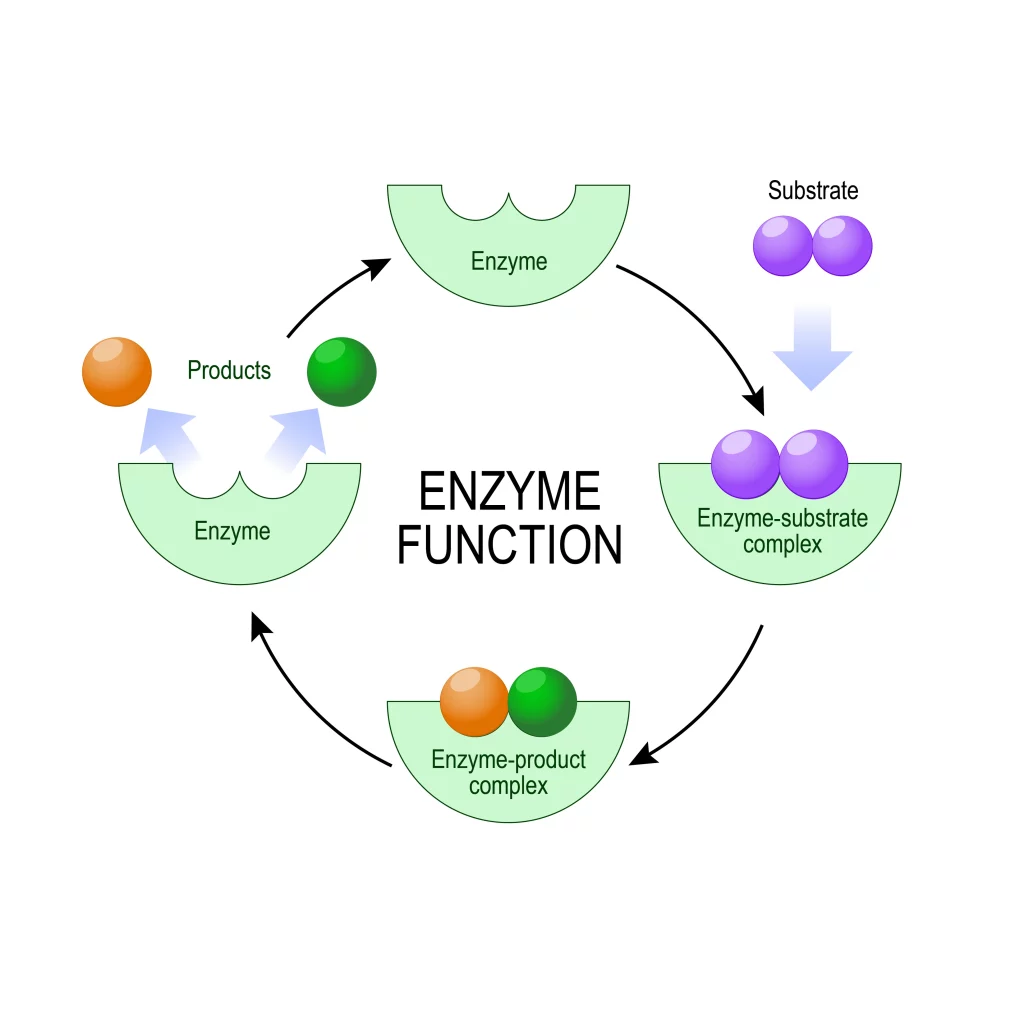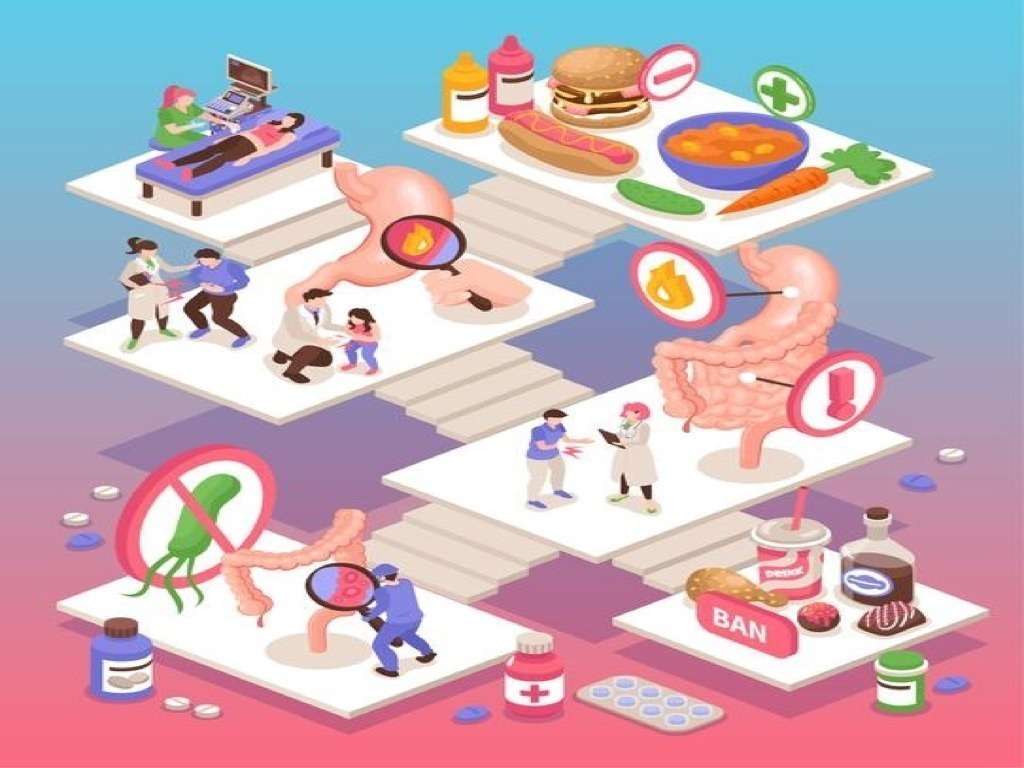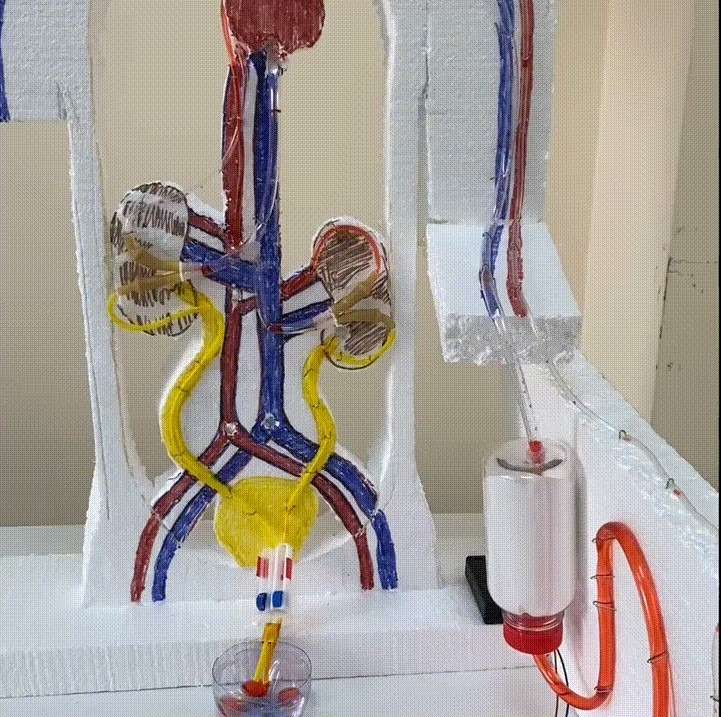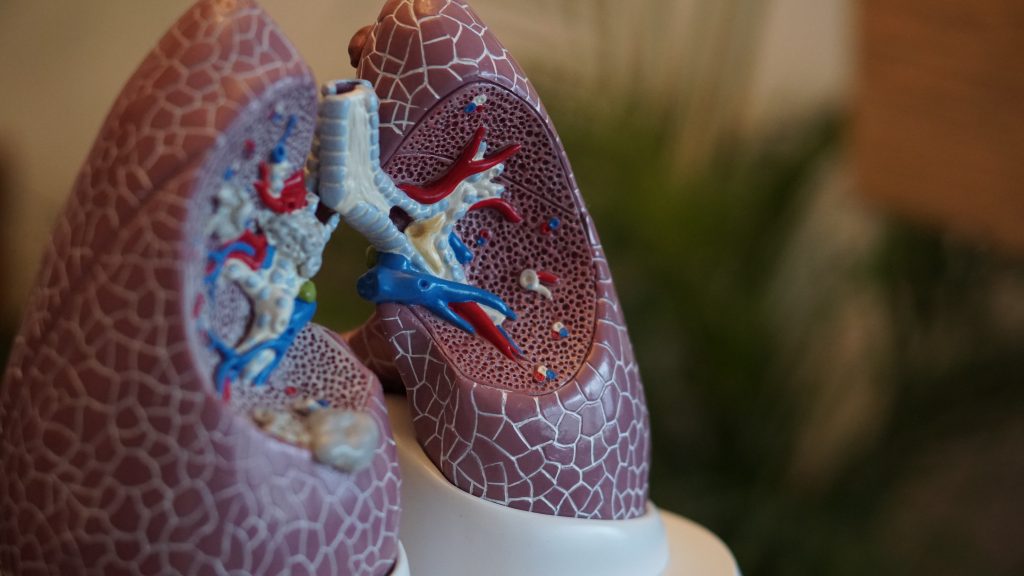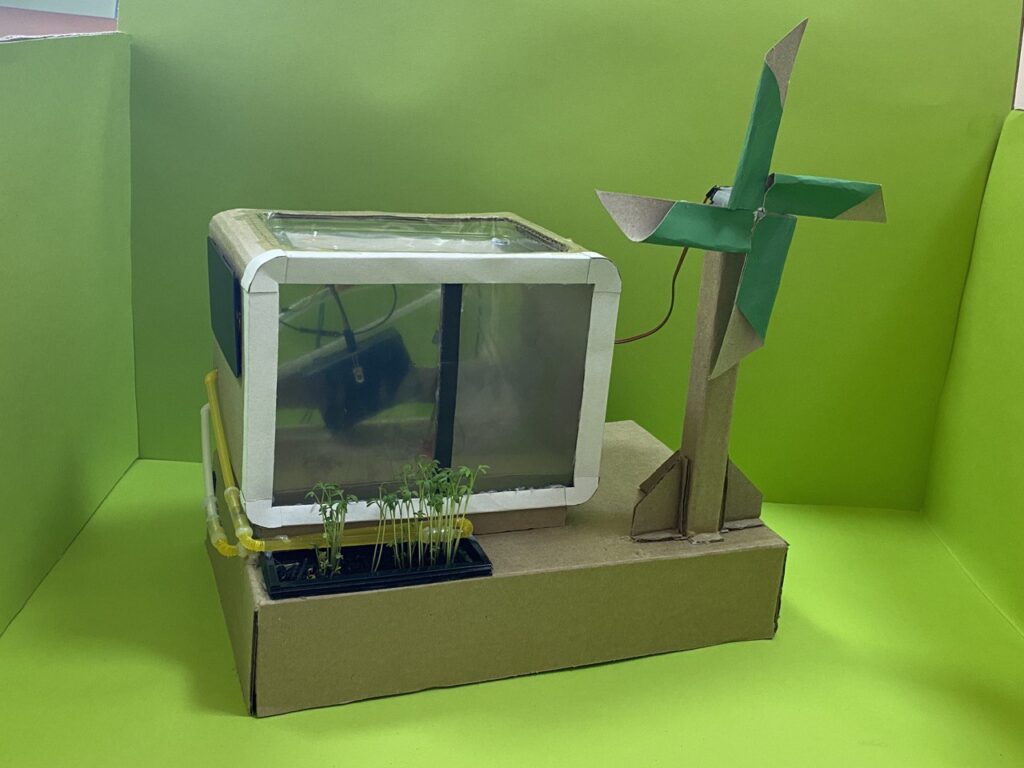Laboratory work #1: Exploring nature factors
In this laboratory work, you will learn about the most important abiotic factors of the environment Long-term plan section Subsections of the standard training program Study goals Ecosystems Environmental factors of the environment: abiotic (temperature, light, ph, humidity), biotic (microorganisms, animals, plants). Laboratory work study of the local ecosystem (on the example of a school site)”. 7.3.1.1 study of the influence of environmental factors of the local ecosystem on the vital activity and distribution of living organisms
Laboratory work #1: Exploring nature factors Read More »



